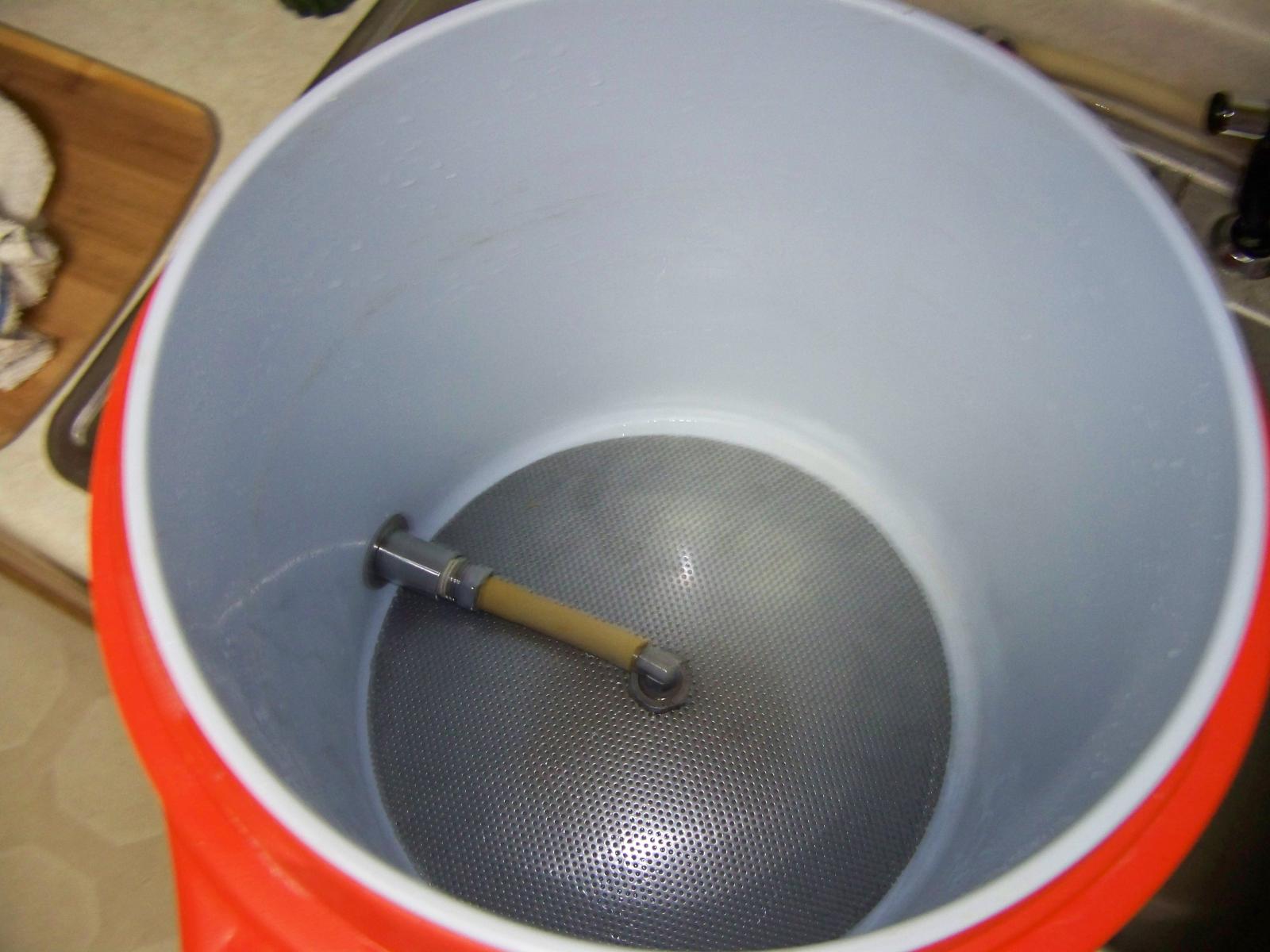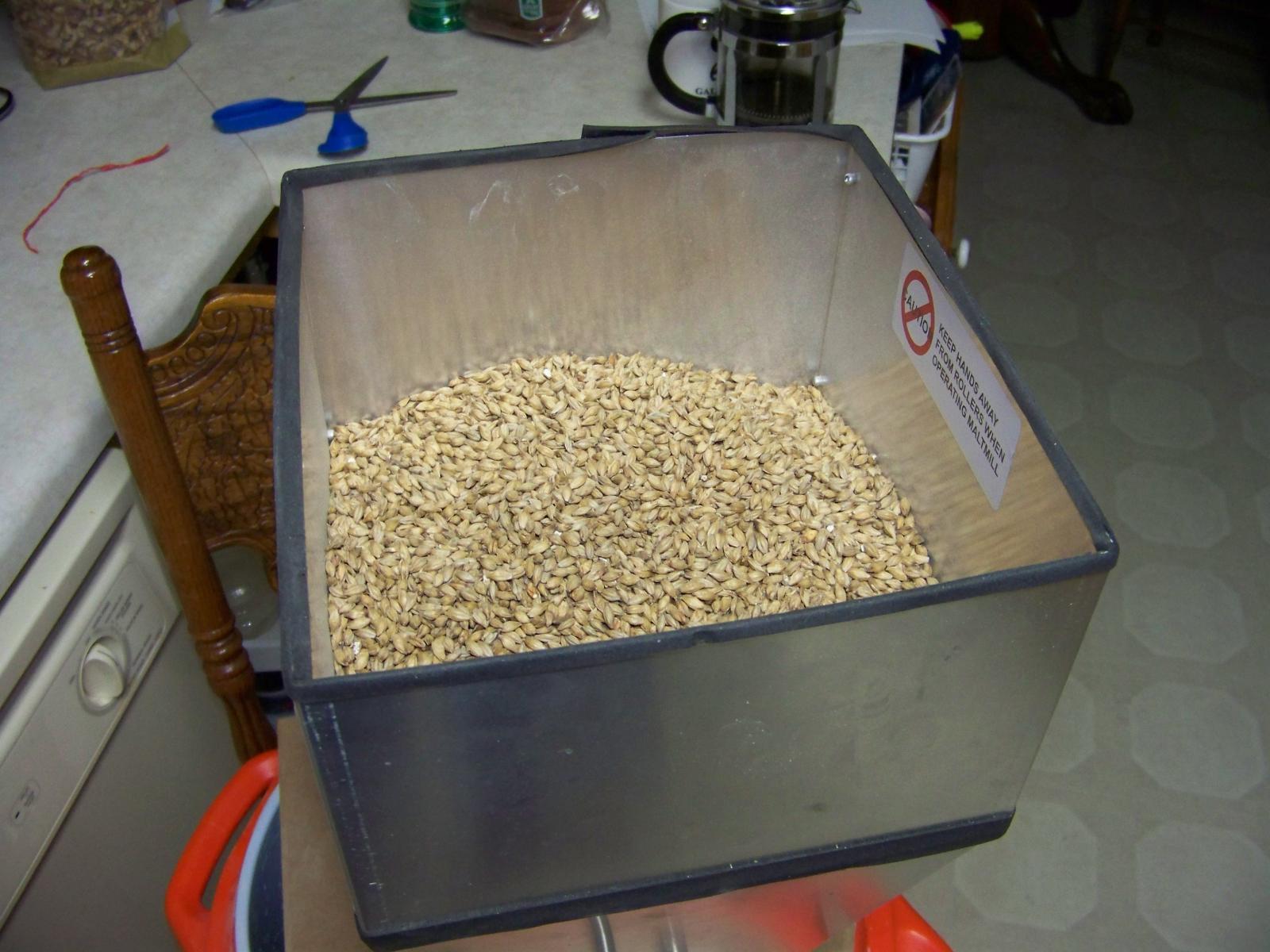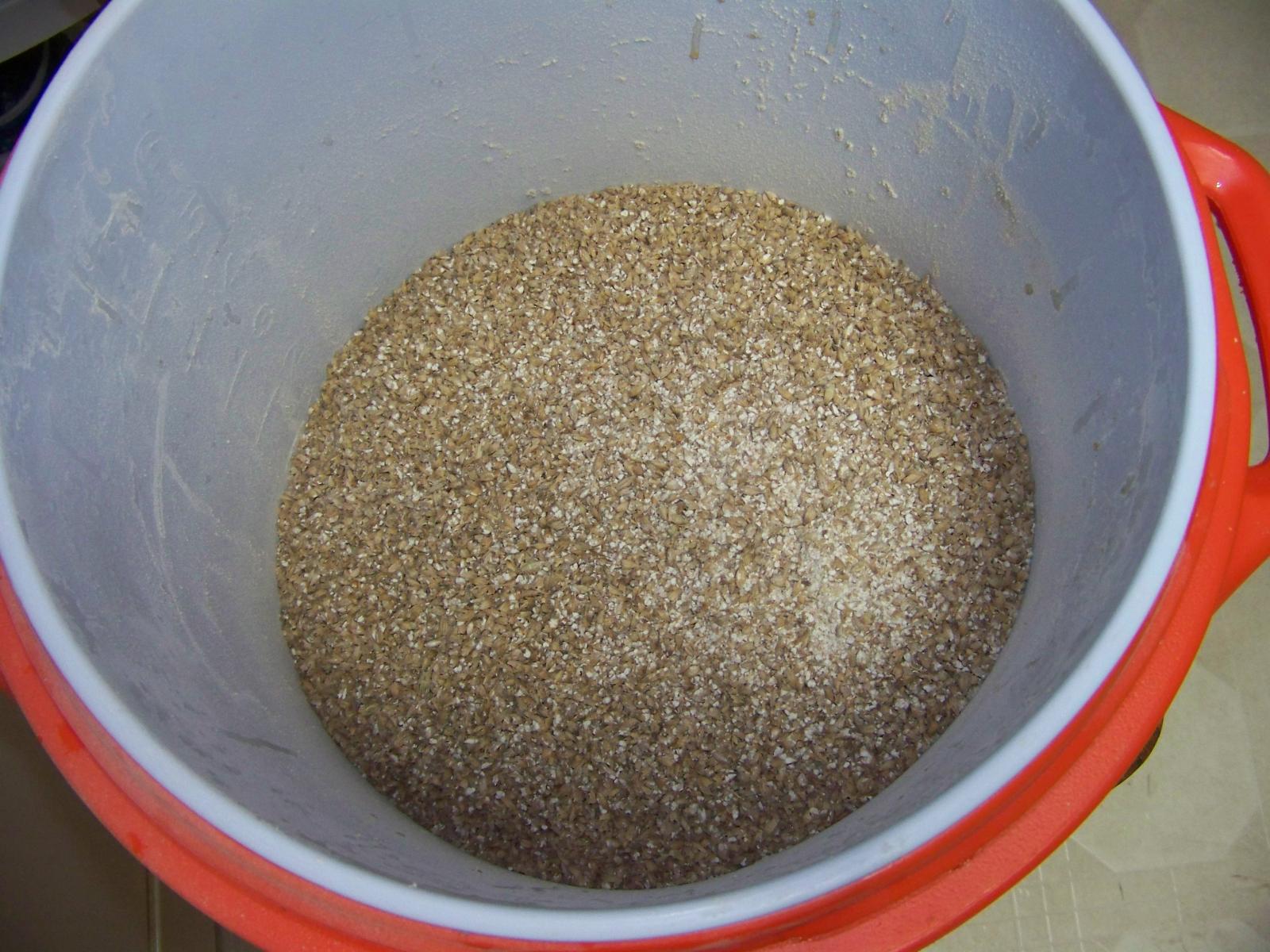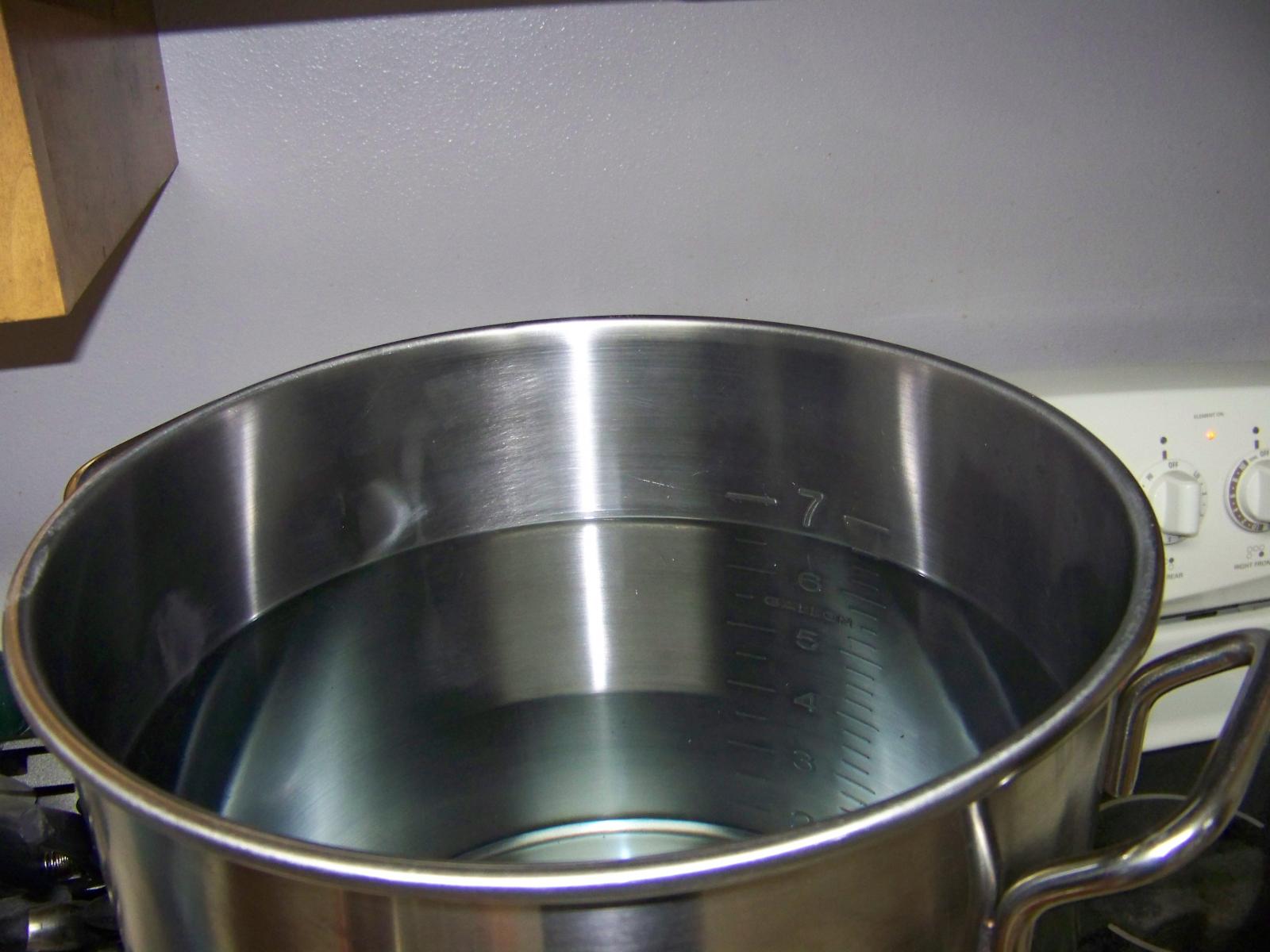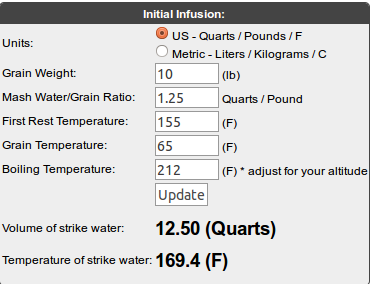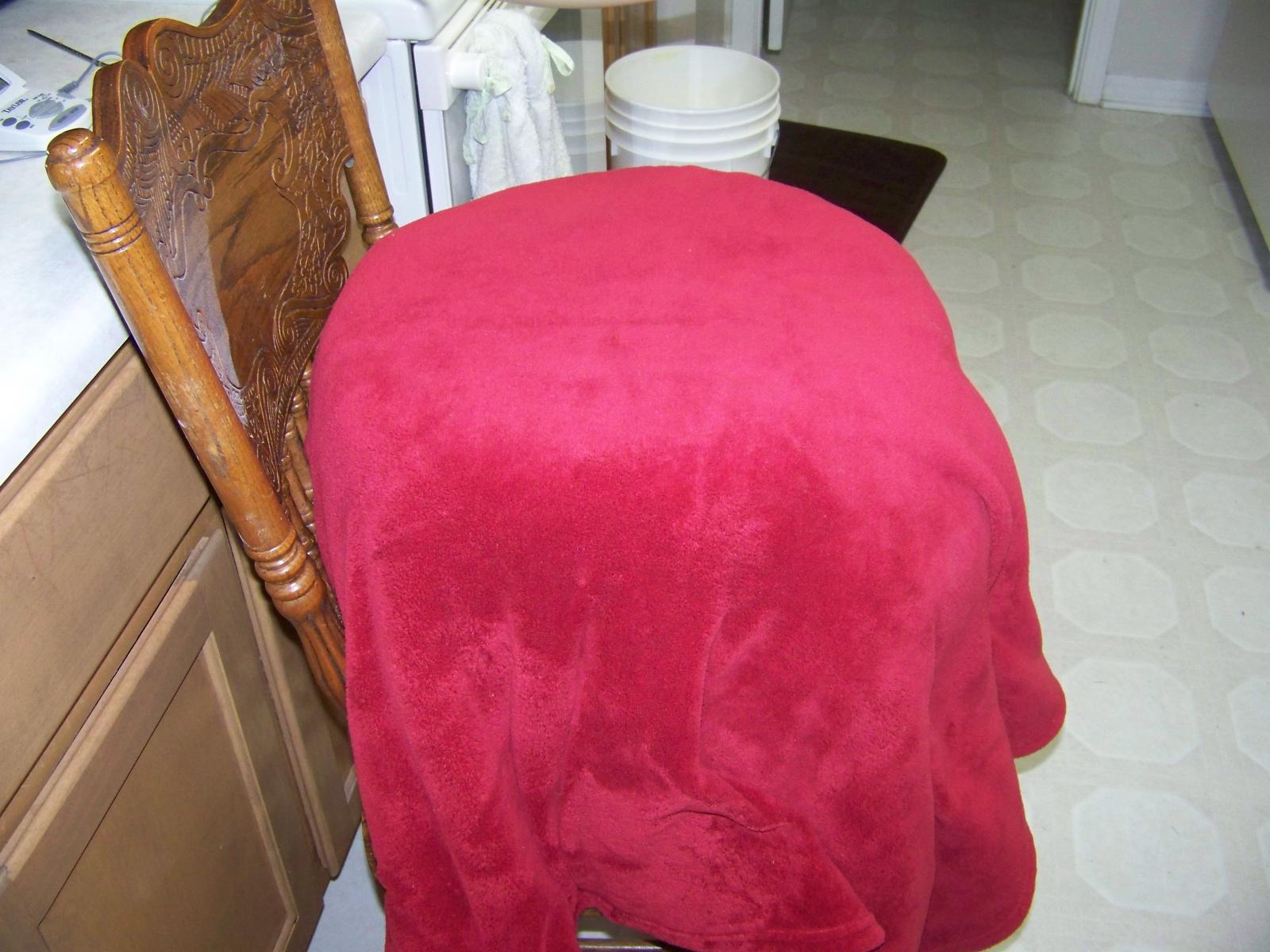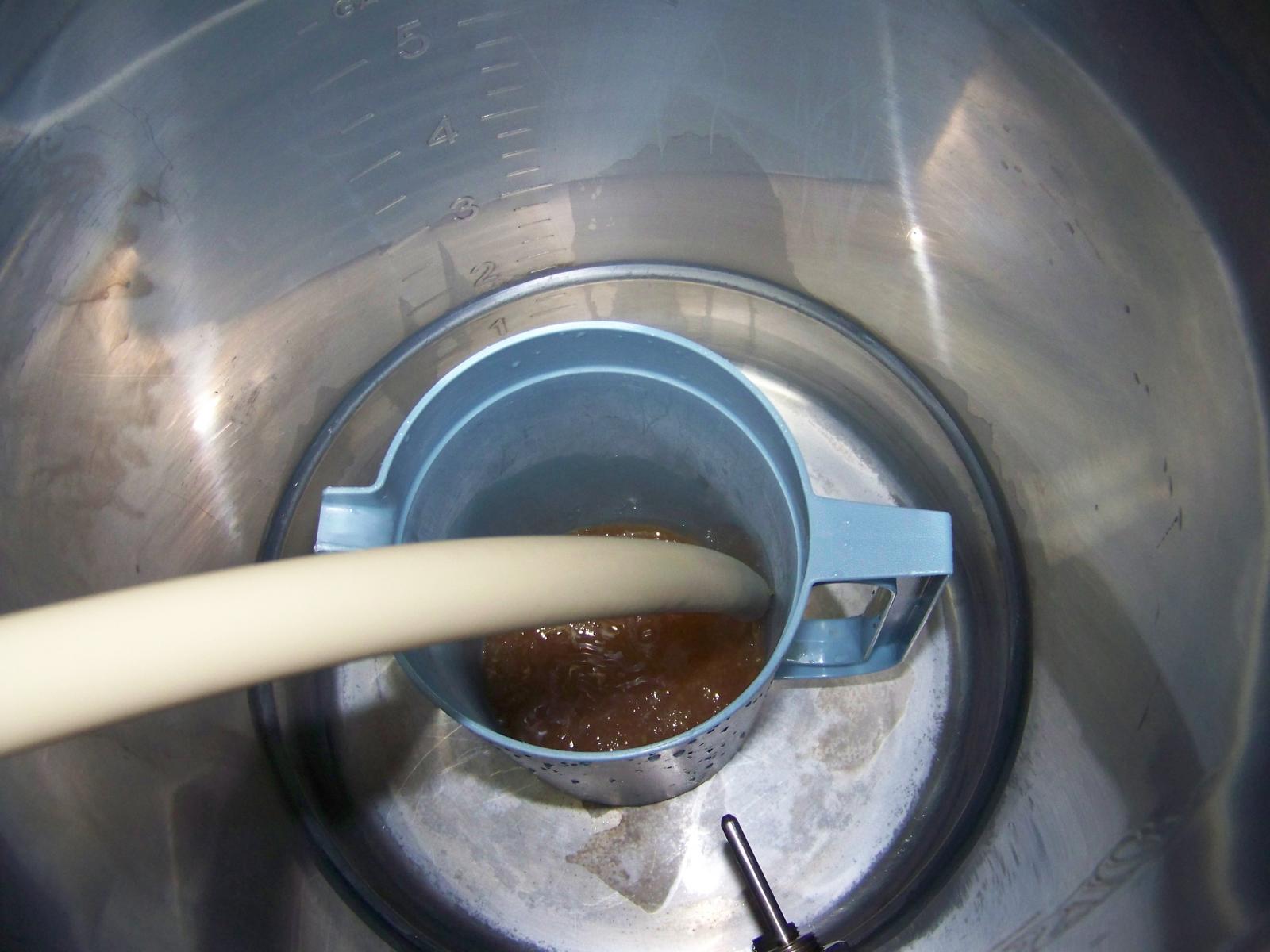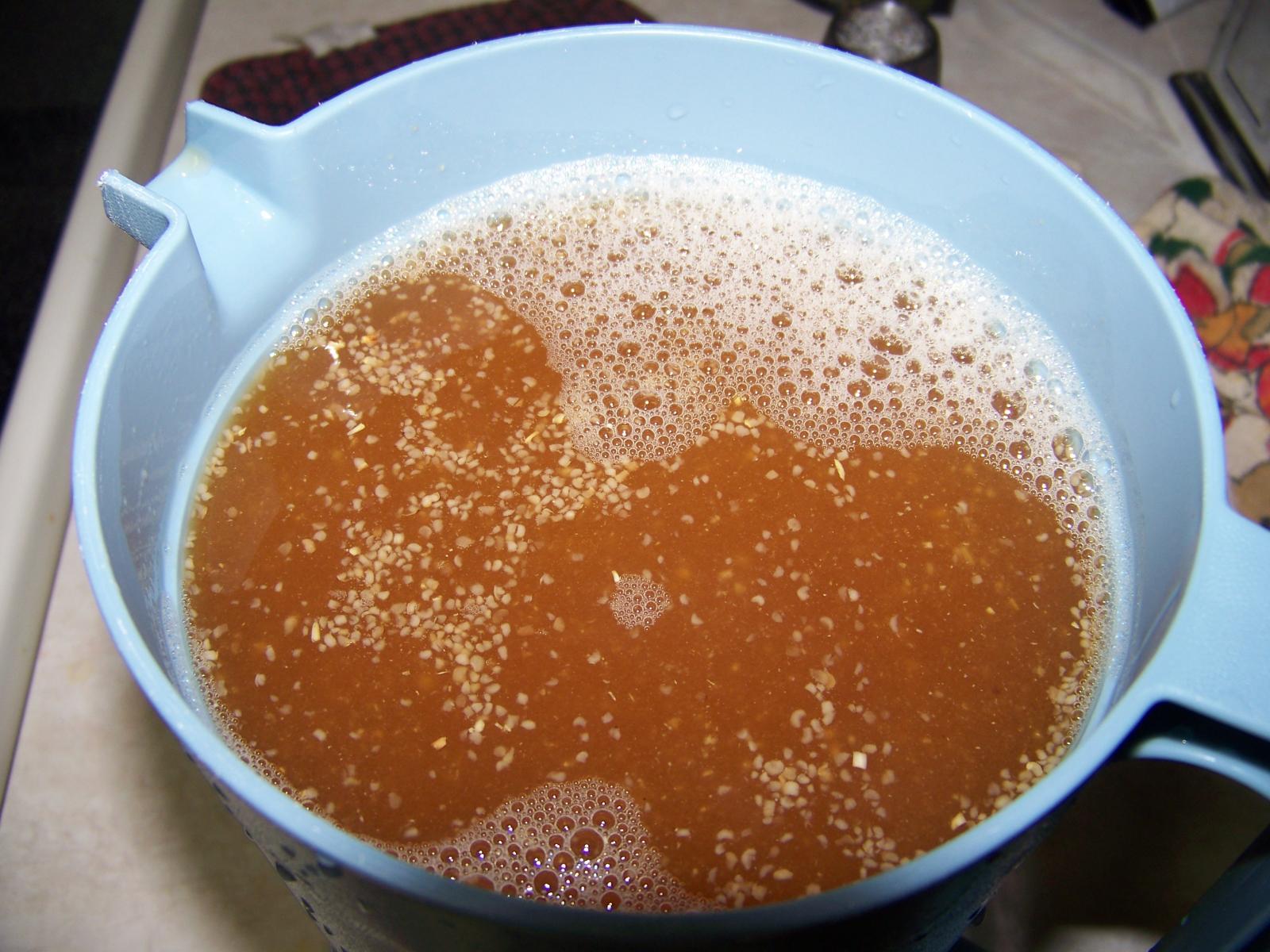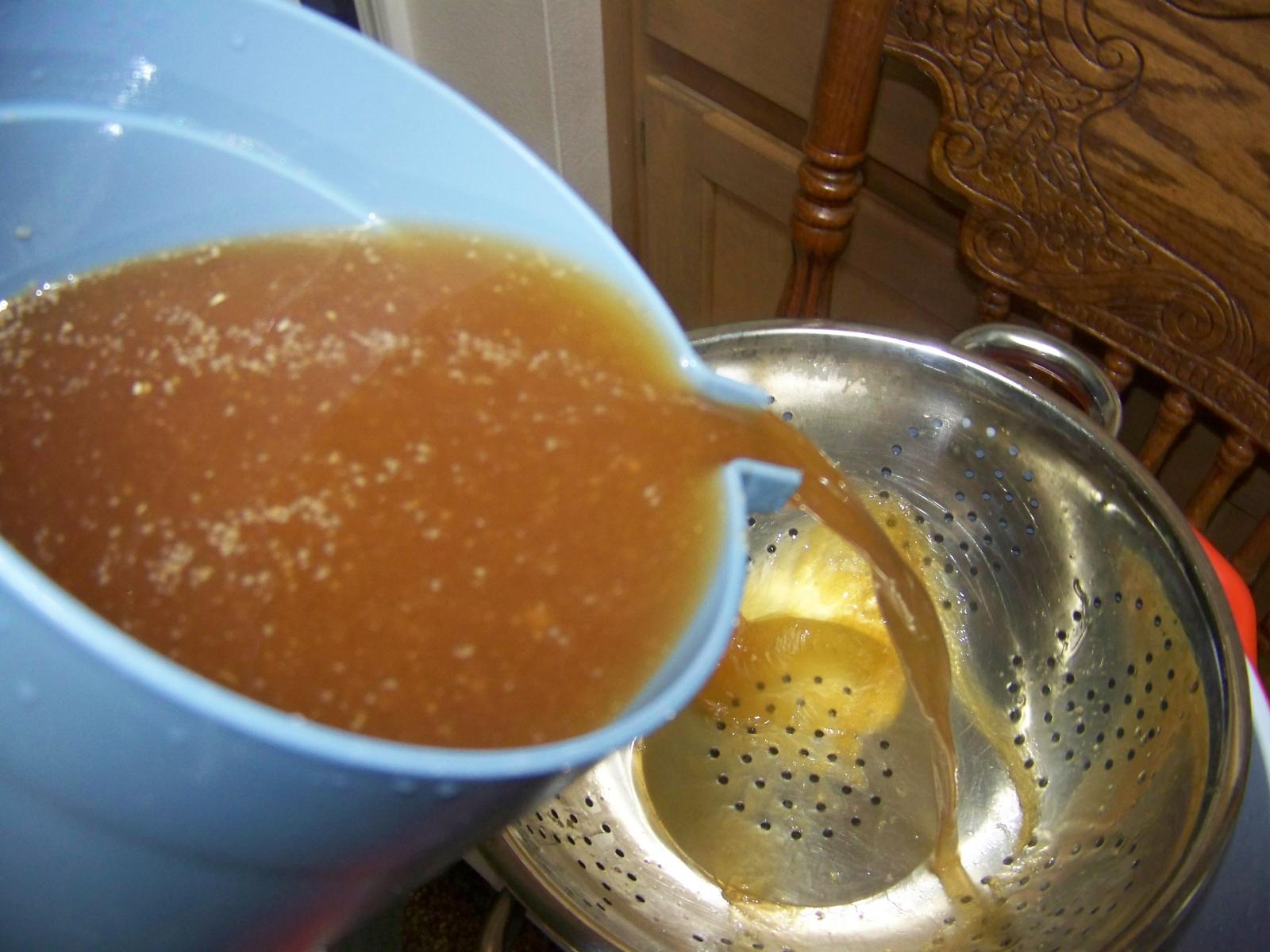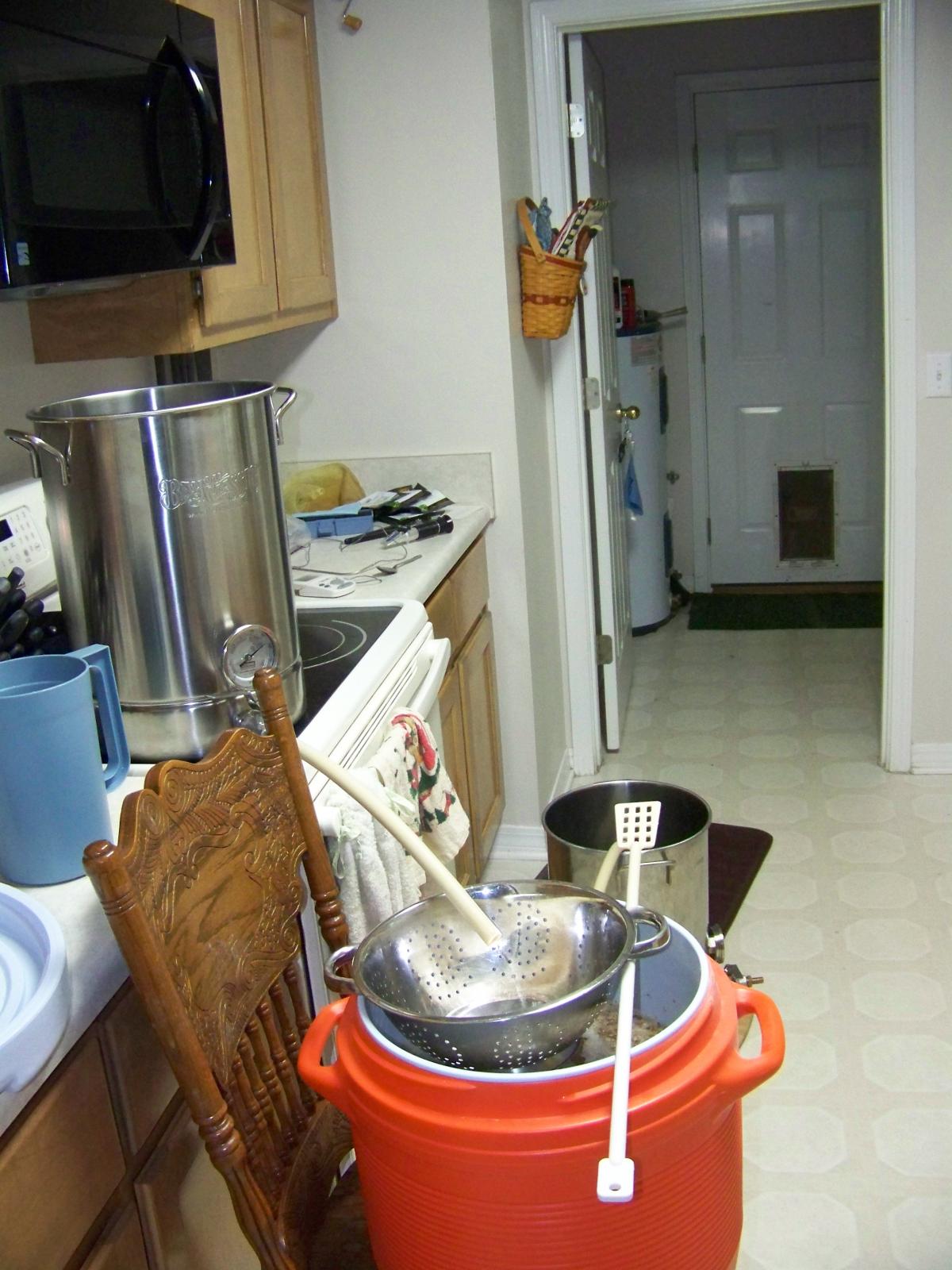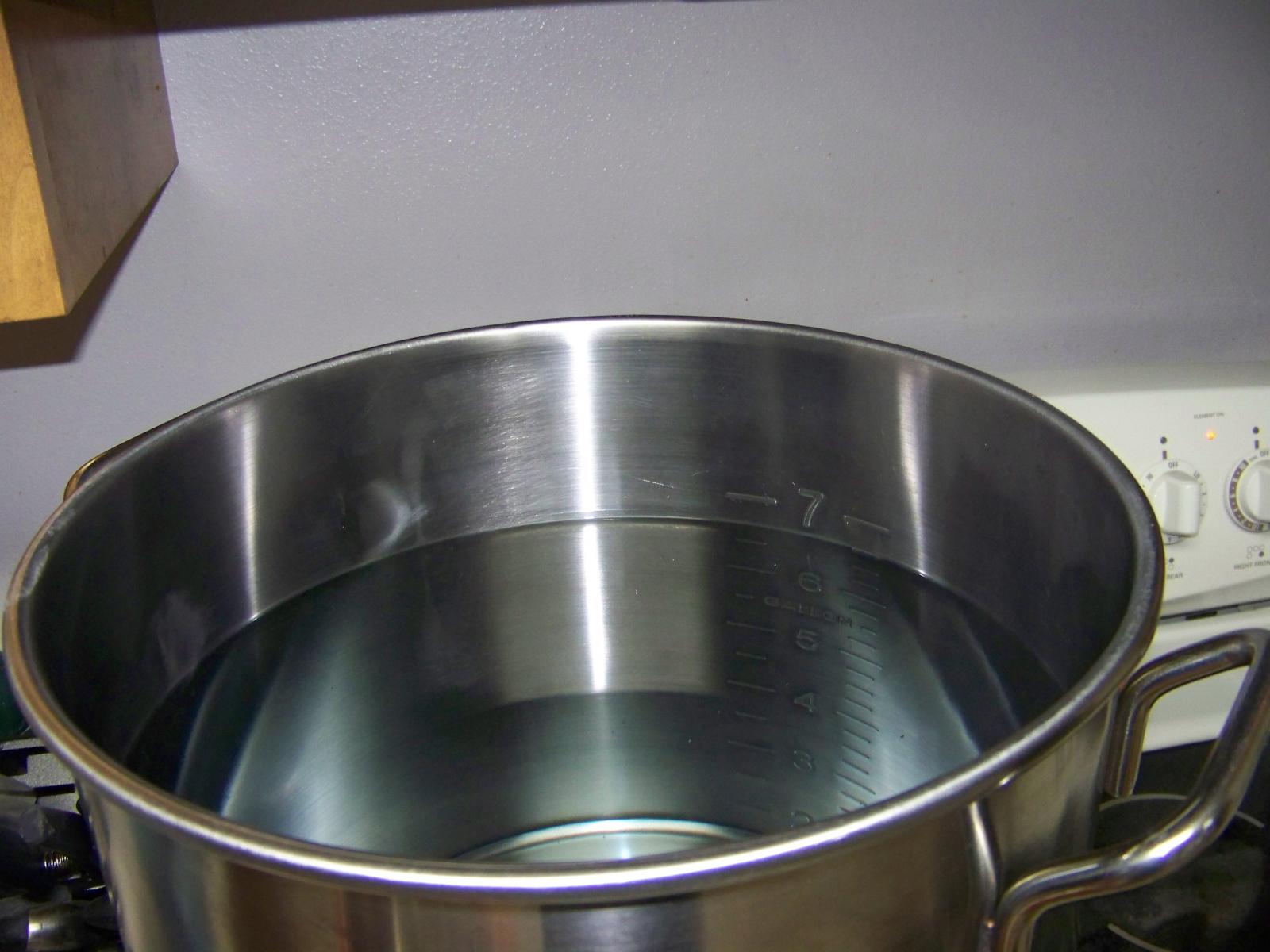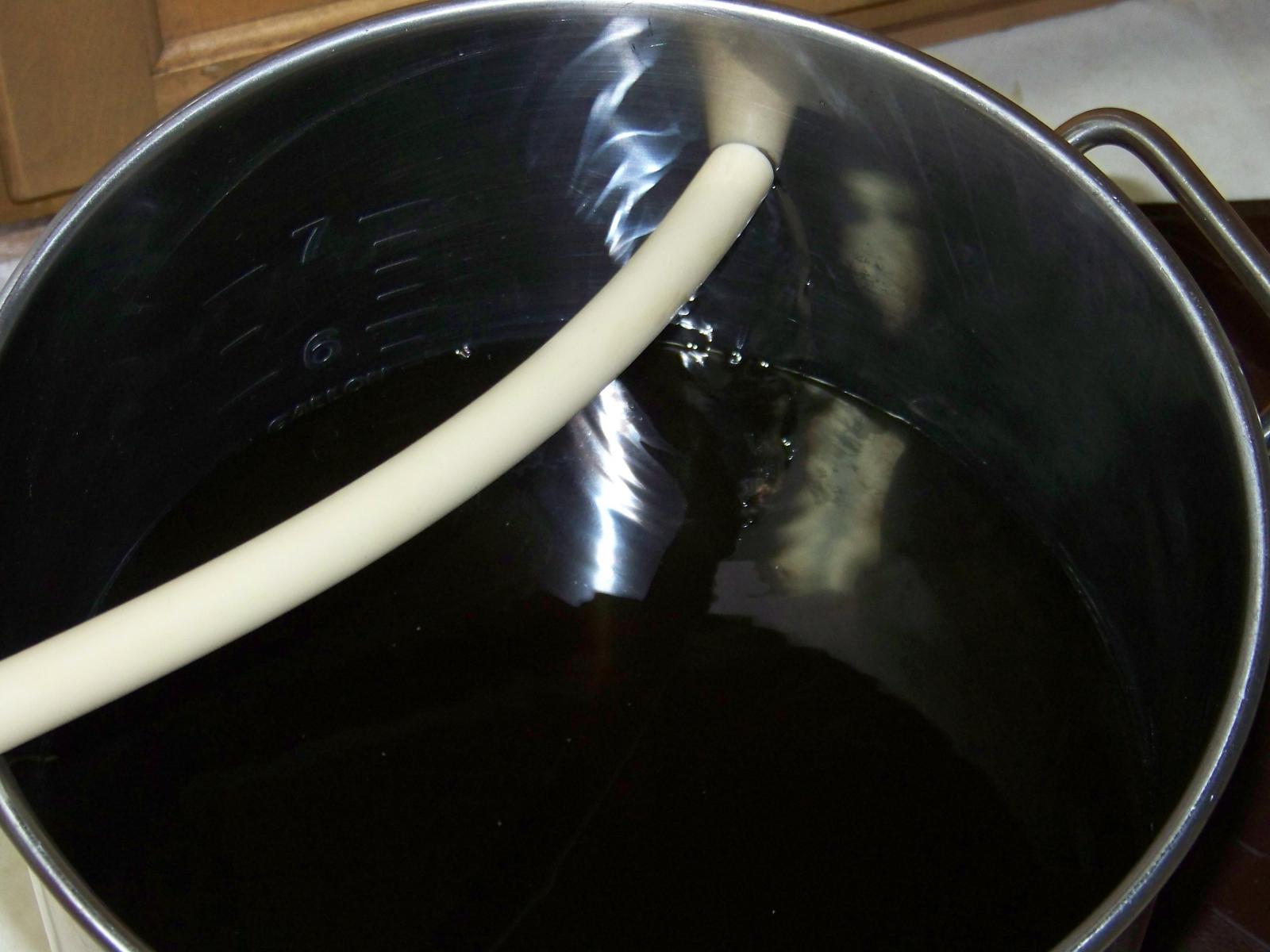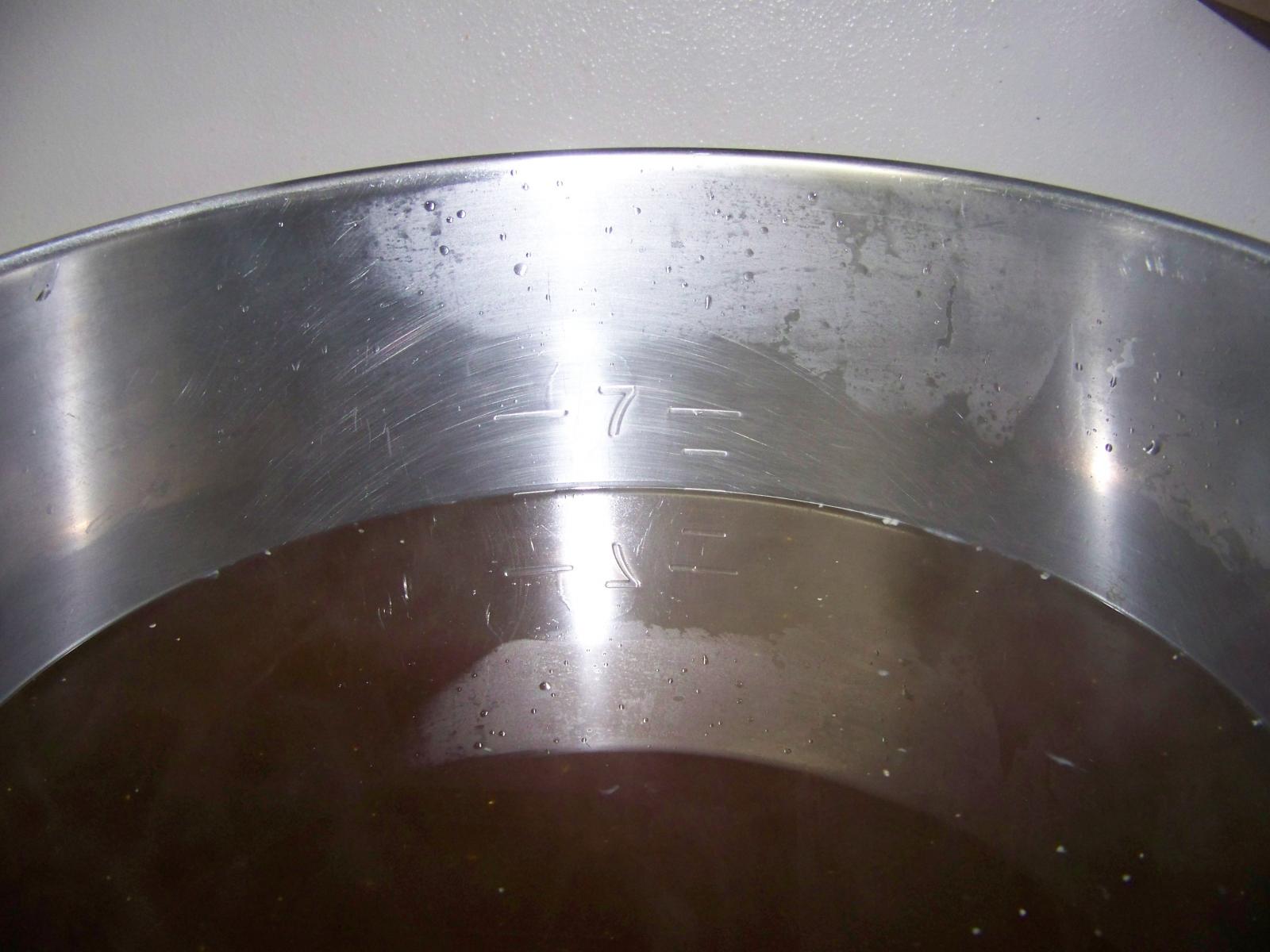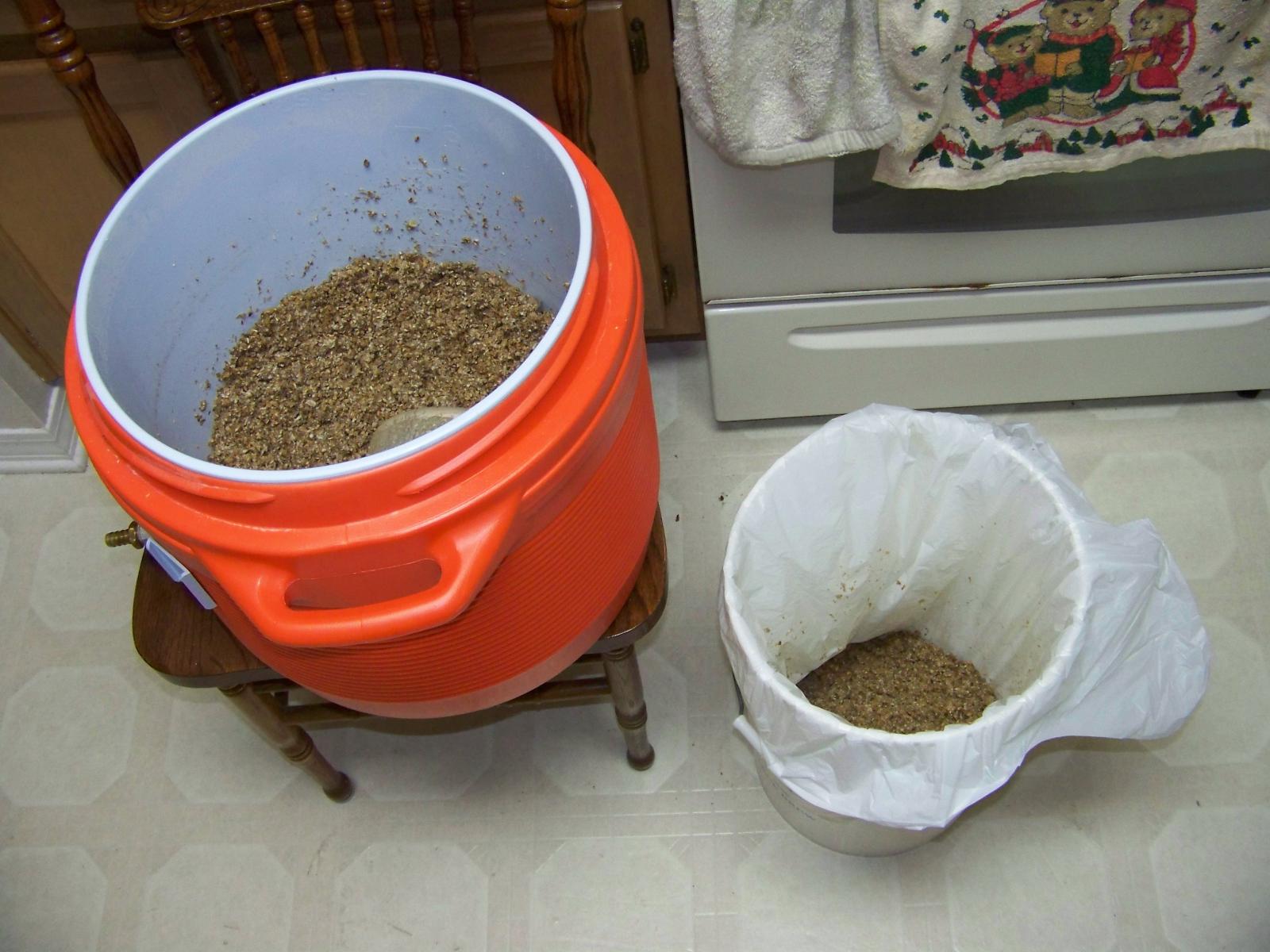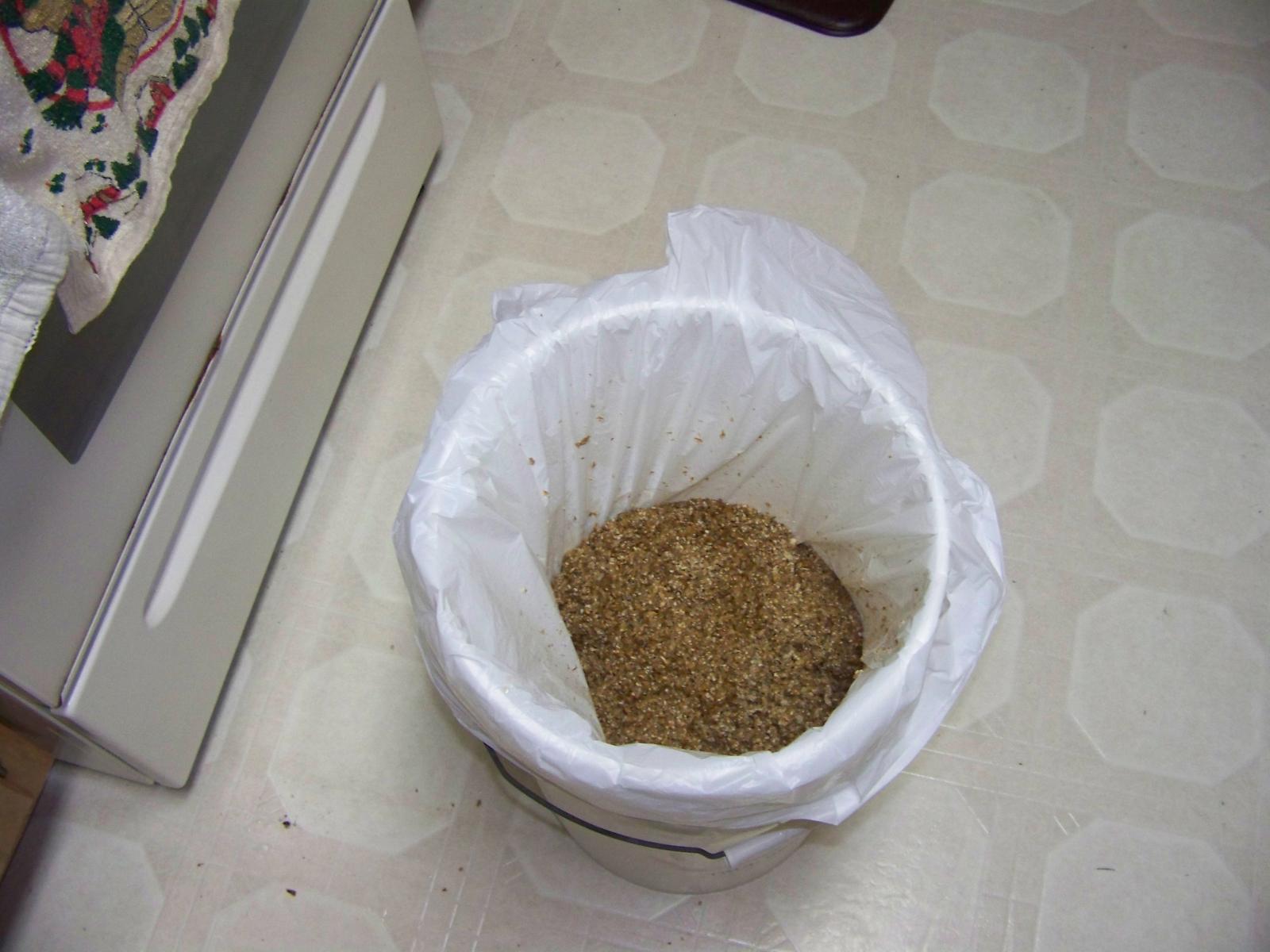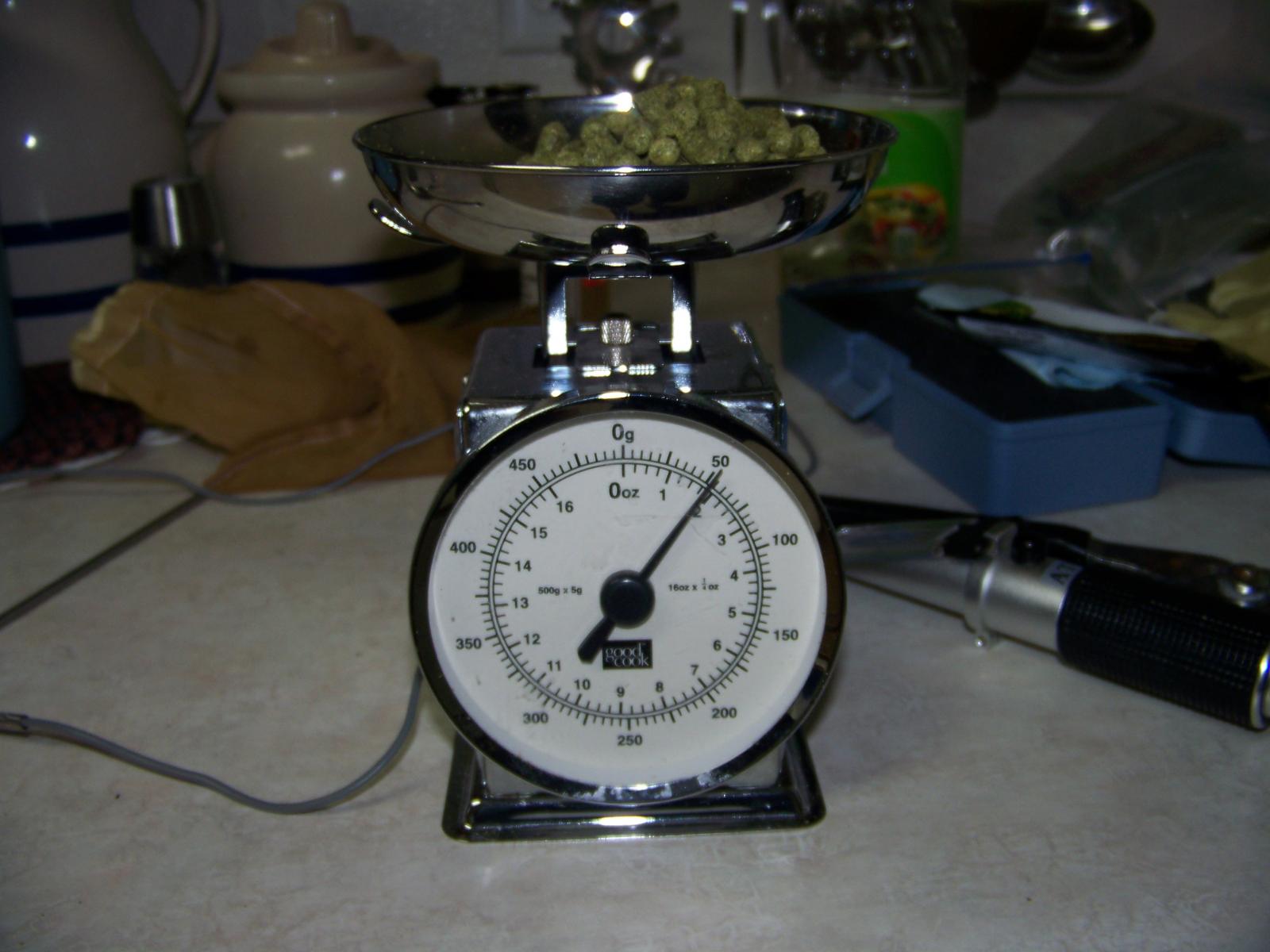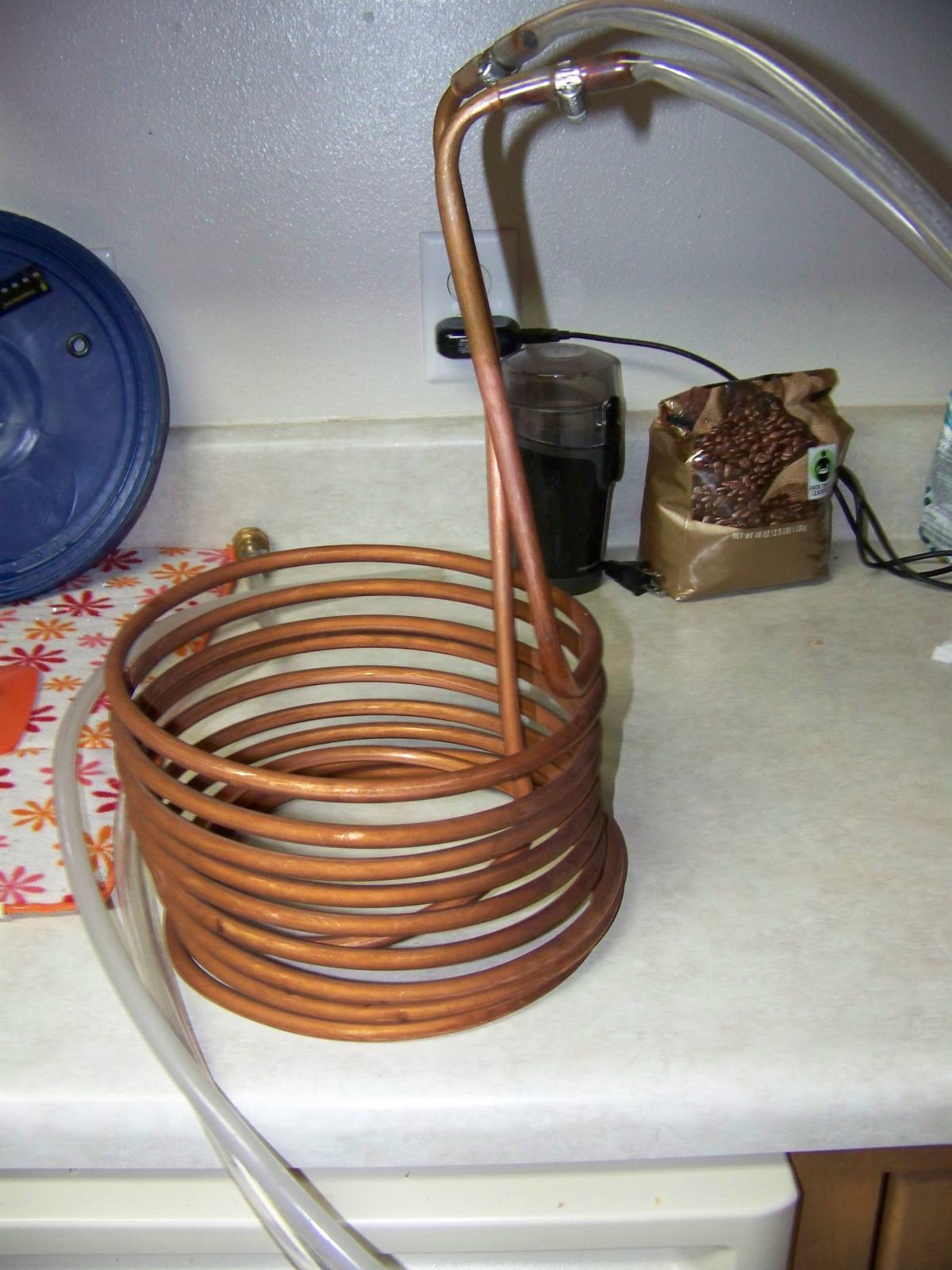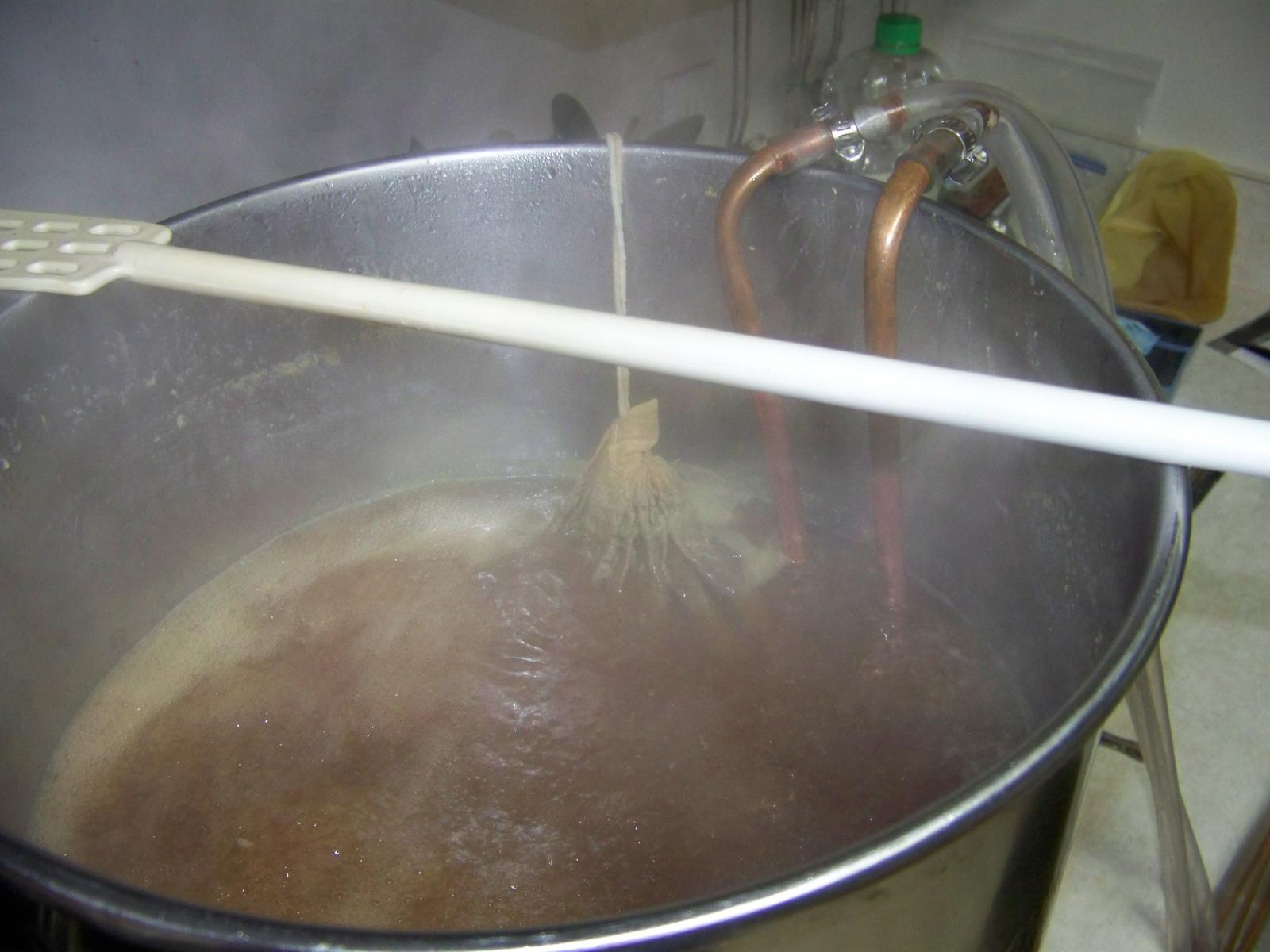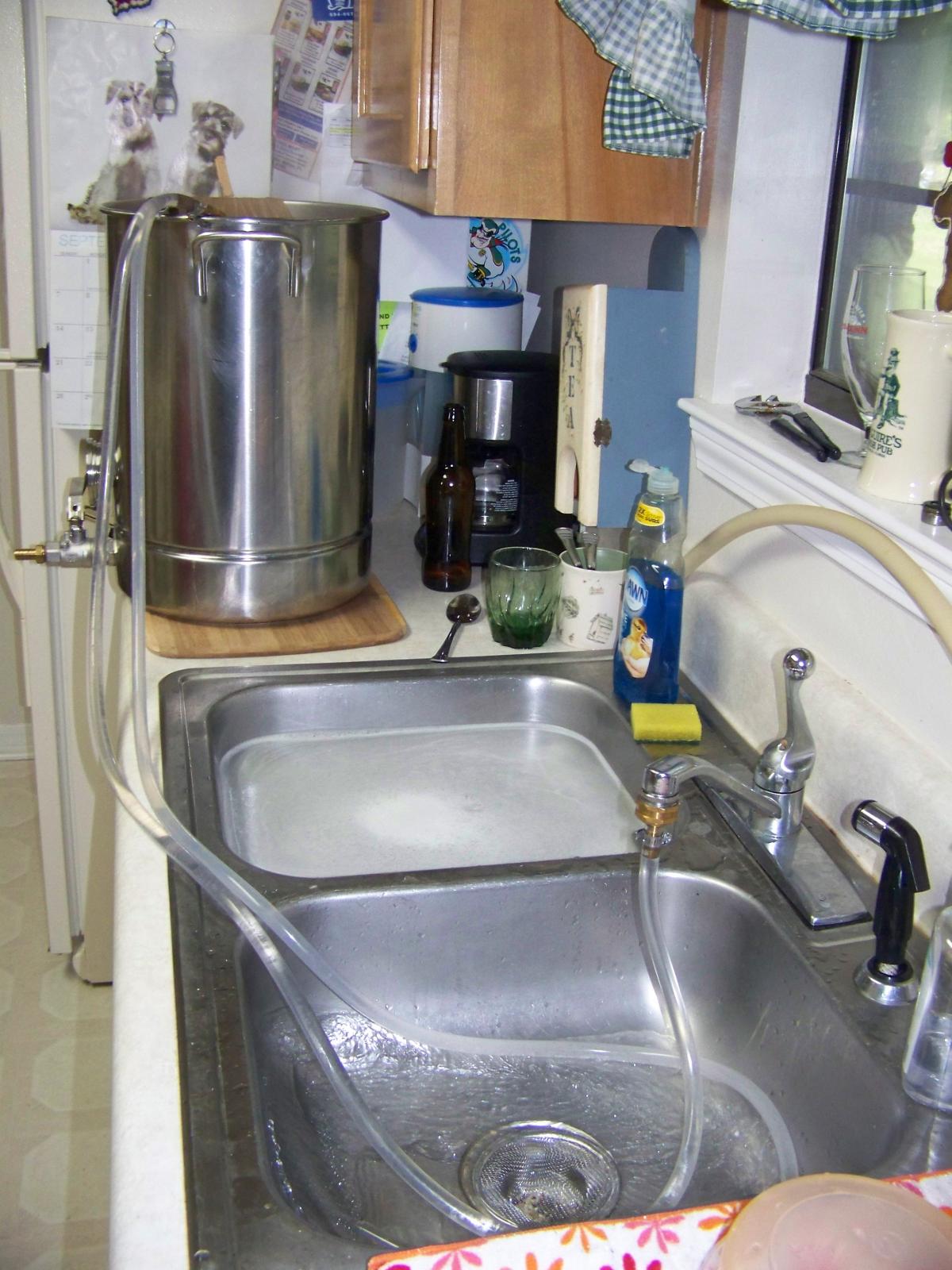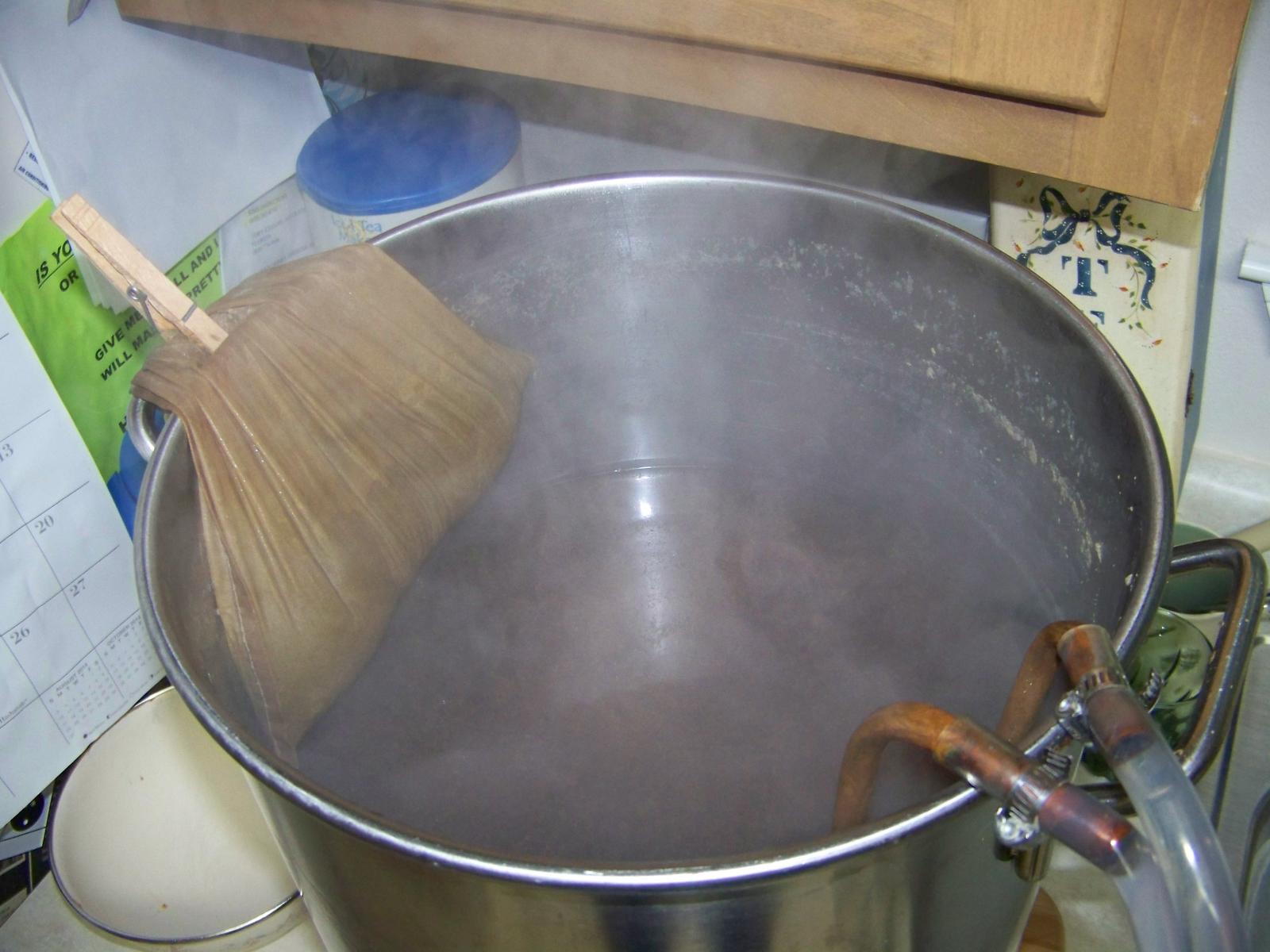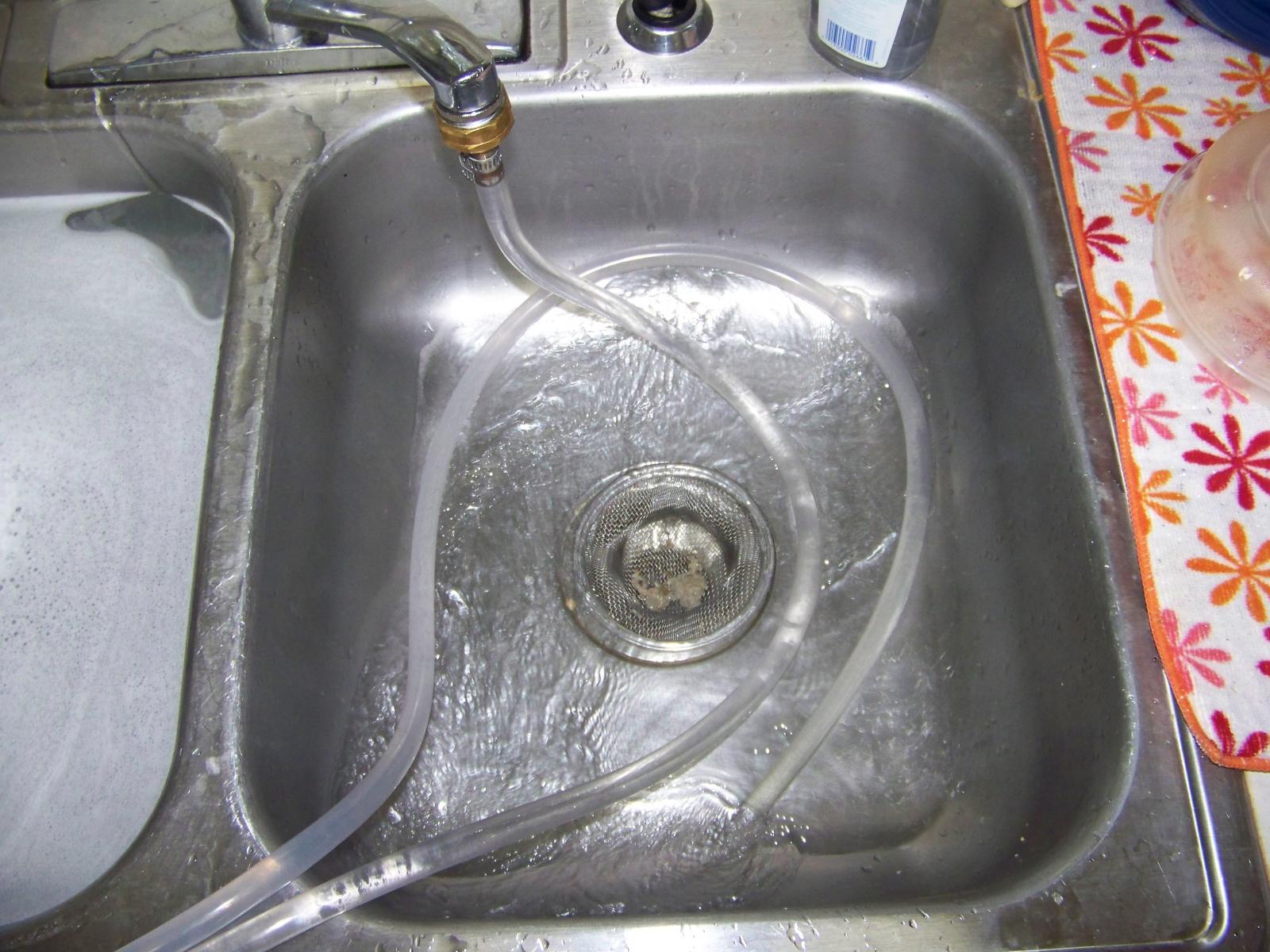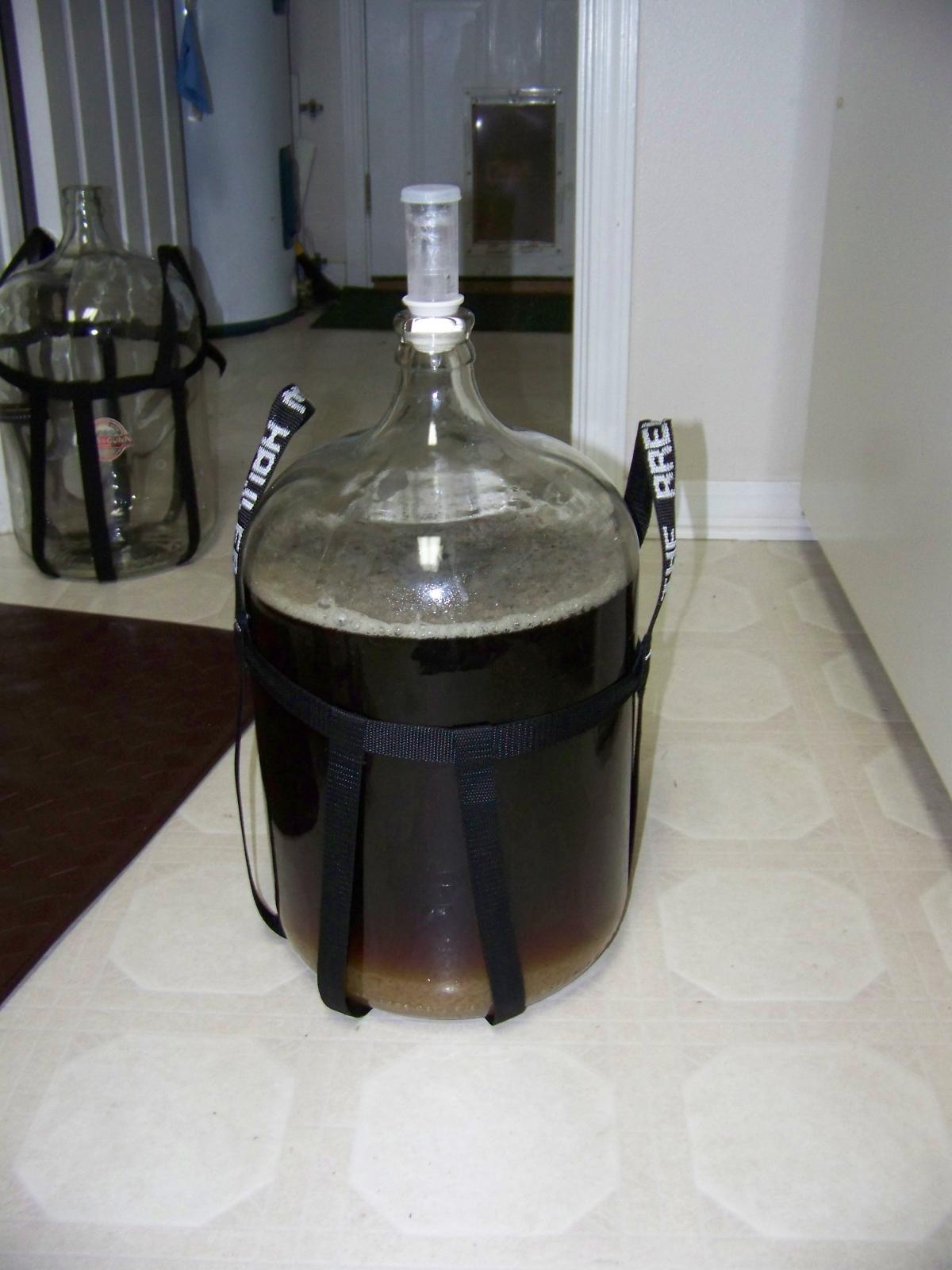I'm not sure if this has been done before. Please excuse me if it has.
I created a document for a friend who wants to start home brewing. He's brewed with me a few times, but I wanted to give him something that he could use as a guideline when he starts brewing on his own. It turned out okay, so I thought I'd post it here. It might help a few people make the switch to all grain.
The document is not meant to be technical. It's a very simple look at the process that one brewer takes. It certainly isn't the only way to brew beer, and it definitely won't be the most correct way to brew beer. It's just a look at the processes, and the equipment that I use to brew beer at home.
I created a document for a friend who wants to start home brewing. He's brewed with me a few times, but I wanted to give him something that he could use as a guideline when he starts brewing on his own. It turned out okay, so I thought I'd post it here. It might help a few people make the switch to all grain.
The document is not meant to be technical. It's a very simple look at the process that one brewer takes. It certainly isn't the only way to brew beer, and it definitely won't be the most correct way to brew beer. It's just a look at the processes, and the equipment that I use to brew beer at home.


